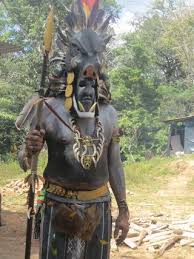Our impressive biodiversity and the beautiful culture of our Costa Rica influences our popular traditions, that is why today we are the country of pure life. Let us tell you some of the genuine expressions of our culture:
The Boyeo
Farmers have been teaching each generation the “boyeo” (handling of oxen) for a long time, they have been showing their children how to do it, as well as all the family. Oxen are also taught from very young the way to plow the fields, turn the grindstones of the mills, be able to transport firewood, sweet canes, corn, coffee or simply wander around. Currently, the “boyeo” is part of the festivals, parades, and important events in the country.
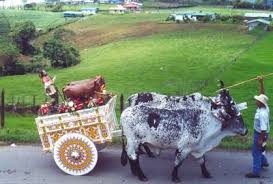
The flavor of Calypso Limonense
It comes from the Anglo-Caribbean, but it began to be heard in our country since 1870 when communities from the islands of Jamaica, Barbados, and Saint Kitts came to the Province of Limón. In this music there are two key figures; one of them is Roberto Kirlew, better known as Buddha, and the King Mr. Walter Ferguson, who gave the name to the International Calypso Festival, which is celebrated in July, in Cahuita.
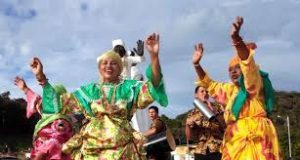
The Criollo Swing
Created in the 20th century, its flavor is very Costa Rican. This is a very popular dance, which is about the musical rhythms. The Criollo Swing is more than just music; it is danced taking the couple by the hand and move around in very tiny steps. It is like jumping, but with rhythm. It is done with both feet and one hand is released and then taking the other while doing turns. This dance is a great identification for all Costa Ricans in the world.
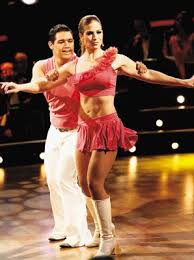
The famous Tope de Toros
In most of the towns of Guanacaste, there are many small bullrings in which bullfighting is practiced. This activity, basically speaking, consists of the ability of the people to ride the bull and see who last longer on it. Every year, in March, a championship takes place where the best riders of our country always compete.
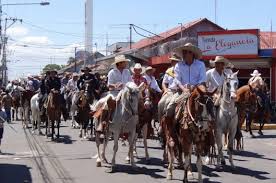
Popular handicrafts
For some time now, in Guaitil de Santa Cruz and San Vicente de Nicoya, beautiful ceramic is produced with clay that only they, with their traditional method, know how to make. With it, they make beautiful ornaments, vases, pots, sticks, among other figures of great usefulness for people. To dry this ceramic, very specialized craft ovens are used.
The mysterious dangerous spheres
Our native ancestors left this monument as a legacy. It was elaborated artistically and made of stone. They form lines, triangles, and rectangles, but today it has not been possible to know what they mean, everything remains still a great unsolved mystery. There are about 235 spheres already registered, they have a very exact circumference and were created approximately in the year 400 B.C. and their even increased until the Spanish colonization. Nowadays, they are great artwork permanently visited by both locals and tourists, also considered one of the wonders of our country.
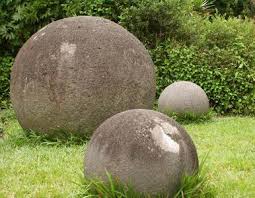
Guayabo Archaeological Monument
This is the most important archaeological site in Costa Rica. It is very close to the Turrialba volcano. It is a system of aqueducts, and is still in operation, as well as its causeway and part of the drainage, leading to the ceremonial center. This beautiful monument was built between 300 BC and 1400 AD, being occupied by Indians at that time. Today, if we visit it, we can appreciate its very original designs. Its staircases are made of stone and its conical roof of straw and reed. The Guayabo has a great cultural, religious, and political significance.
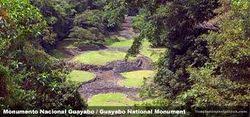
The Diablitos: Boruca game
It is a colorful cultural festival of the indigenous people of our country, which takes place between December 30th and January 2nd of every year, in Boruca. In this celebration, we can appreciate the dances and games of masked people, who are known as devils. They represent the indigenous people of the “Borucas”; aside from them, other people disguise themselves any way they want representing the Spaniard conquerors. Today, many people participate, but not necessarily those of indigenous origin.
